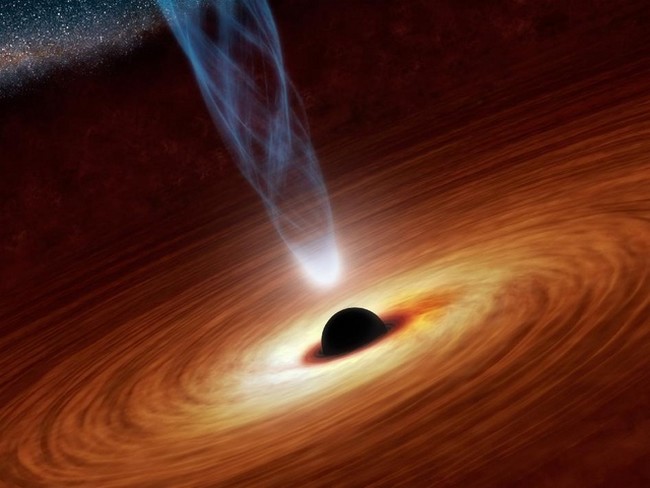Europe has allocated 19 million dollars to prove the existence of a supermassive black hole in the center of the galaxy

Despite the fact that there seems to be no people left in the world who would not have heard about the black hole in the center of our galaxy, the existence of this object has not yet been proven. The theory tells us that the black hole mentioned should be supermassive, and its mass should be about four million times the mass of the Sun. Of course, it is impossible to obtain an image of such an object, due to a number of physical laws, so scientists plan to prove the existence of a black hole in the center of the galaxy in a different way.
Thus, the BlackHoleCam project, for the implementation of which the European Research Council has already allocated $ 19 million, suggests studying the event horizon of a black hole.
')
Wikipedia tells us that “the horizon of events is an imaginary boundary in space-time separating those events (points of space-time) that can be connected with events at light-like (isotropic) infinity by light-like geodesic lines (trajectories of light rays), and those events which can not be so connected. Since there are usually two light-like infinities for a given space-time: relating to the past and the future, there may be two event horizons: the past event horizon and the future event horizon. It is easy to say that the horizon of the events of the past divides events into those that can be influenced from infinity and which cannot be affected; and the horizon of future events separates events about which one can learn something, at least in an infinitely remote perspective, from events about which nothing can be learned. This is due to the fact that the speed of light is the limiting speed of propagation of any interactions, so that no information can spread faster. ”
So, in our galaxy, the event horizon can be detected due to the “dark” shadow on bright impulses of radio waves, which are formed when matter enters the black hole. All this is supposed to be studied thanks to a radio telescope system, according to the method called VLBI (Very Long Baseline Interferometry).
The project team will collaborate with American colleagues from the Event Horizon Telescope project.
Via theverge
Source: https://habr.com/ru/post/206798/
All Articles